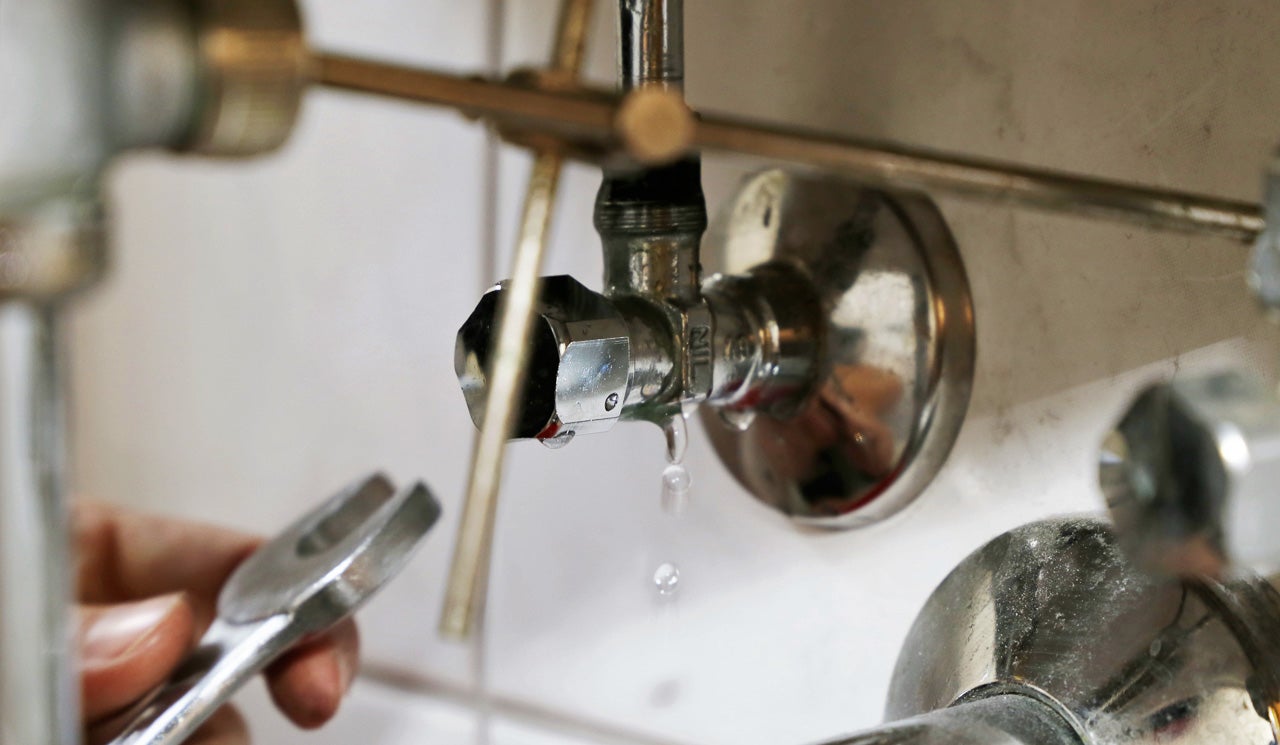Just how to Inspect If Your House Has a Concealed Leakage
Just how to Inspect If Your House Has a Concealed Leakage
Blog Article
Presented here in the next paragraph you can locate additional quality facts on the subject of Locating water leaks.

Early discovery of leaking water lines can minimize a prospective disaster. Some small water leakages may not be visible.
1. Analyze the Water Meter
Every house has a water meter. Examining it is a guaranteed way that assists you discover leakages. For beginners, switch off all the water resources. Make certain nobody will certainly purge, utilize the faucet, shower, run the washing device or dishwasher. From there, go to the meter and also watch if it will alter. Because no person is using it, there need to be no motions. That suggests a fast-moving leak if it moves. Similarly, if you find no changes, wait a hr or more as well as inspect back again. This means you may have a sluggish leak that could also be underground.
2. Inspect Water Intake
Analyze your water costs and track your water consumption. As the one paying it, you should notice if there are any kind of inconsistencies. If you find sudden changes, regardless of your consumption coinciding, it suggests that you have leakages in your plumbing system. Keep in mind, your water expense ought to fall under the exact same array on a monthly basis. An unexpected spike in your expense indicates a fast-moving leakage.
A steady rise every month, also with the exact same behaviors, reveals you have a slow leak that's also slowly rising. Call a plumber to thoroughly check your building, especially if you feel a cozy area on your floor with piping beneath.
3. Do a Food Coloring Examination
30% comes from bathrooms when it comes to water intake. Examination to see if they are running appropriately. Decrease flecks of food shade in the container and wait 10 minutes. There's a leak in between the container as well as bowl if the shade somehow infiltrates your bowl during that time without flushing.
4. Asses Exterior Lines
Don't neglect to inspect your exterior water lines also. Test spigots by connecting a yard pipe. Needs to water seep out of the connection, you have a loose rubber gasket. Replace this as well as guarantee all links are tight. If you've obtained a sprinkler system, it will certainly help get it properly analyzed as well as maintained each year. One small leak can throw away lots of water and surge your water expense.
5. Assess the circumstance as well as examine
Property owners ought to make it a practice to examine under the sink counters and also also inside cupboards for any type of bad odor or mold growth. These 2 red flags show a leakage so punctual interest is called for. Doing regular inspections, even bi-annually, can save you from a major problem.
Inspect for stainings as well as compromising as the majority of pipes as well as devices have a life expectations. If you suspect dripping water lines in your plumbing system, do not wait for it to escalate.
Early discovery of dripping water lines can mitigate a potential calamity. Some small water leakages might not be noticeable. Inspecting it is a surefire means that aids you discover leakages. One little leak can throw away bunches of water and spike your water expense.
If you suspect dripping water lines in your plumbing system, don't wait for it to rise.
WARNING SIGNS OF WATER LEAKAGE BEHIND THE WALL
PERSISTENT MUSTY ODORS
As water slowly drips from a leaky pipe inside the wall, flooring and sheetrock stay damp and develop an odor similar to wet cardboard. It generates a musty smell that can help you find hidden leaks.
MOLD IN UNUSUAL AREAS
Mold usually grows in wet areas like kitchens, baths and laundry rooms. If you spot the stuff on walls or baseboards in other rooms of the house, it’s a good indicator of undetected water leaks.
STAINS THAT GROW
When mold thrives around a leaky pipe, it sometimes takes hold on the inside surface of the affected wall. A growing stain on otherwise clean sheetrock is often your sign of a hidden plumbing problem.
PEELING OR BUBBLING WALLPAPER / PAINT
This clue is easy to miss in rooms that don’t get much use. When you see wallpaper separating along seams or paint bubbling or flaking off the wall, blame sheetrock that stays wet because of an undetected leak.
BUCKLED CEILINGS AND STAINED FLOORS
If ceilings or floors in bathrooms, kitchens or laundry areas develop structural problems, don’t rule out constant damp inside the walls. Wet sheetrock can affect adjacent framing, flooring and ceilings.
https://www.servicemasterbyzaba.com/blog/how-to-detect-water-leakage-in-walls/

I ran across that blog entry on Finding hidden leaks when doing a search on the internet. Sharing is caring. Who knows, you will be doing someone a favor. Kudos for your time. Don't hesitate to check up our site back soon.
Report this page